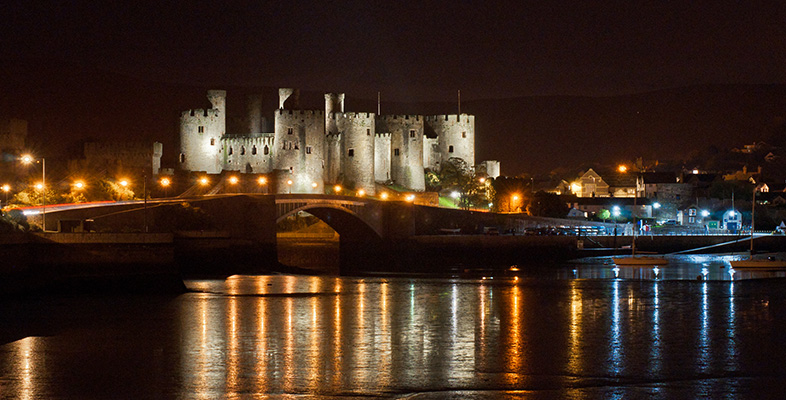1.1.4 Class
In Wales rugby is often discussed, promoted and understood as a classless game, in contrast with England where it is associated with public schools. The reality is perhaps slightly less clear-cut: in Wales rugby grew out of an alliance between the working classes and the elite classes.
The origins of rugby in Wales lie in the English public schools, from where it was introduced in the 1850s to Llandovery College, Christ College Brecon and Monmouth School (Smith and Williams, 1980). Rugby clubs in south Wales were founded mostly by old boys of these schools, those in the growing class of solicitors, doctors, clerks and engineers. The sport’s leadership, especially in the early years, was dominated by people from public schools.
And many famous players have come from public schools. In 1935 the entire Welsh back division against the New Zealand All Blacks was university-trained, many via the public schools of Llandovery or Rydal (Morgan, 1980).
Although it has an English and elite background, rugby in Wales has been one way in which social classes have connected. David Smith and Gareth Williams report how the gentlemanly fiction that any breach of rules was unintentional, and that it was impolite to assume otherwise, became replaced by referees; how penalties and free kicks had to be introduced for foul play, obstruction and being offside; and how the public school vocabulary of collaring, sneaking, rouges and squashes became replaced by the terms tackling, offside, touch-downs and scrums (Smith and Williams, 1980). And historically, Wales has been a major force opposing the amateur status of the game, arguing that it had to be open to all, not just to those who had no need to worry about earning a living.
So the game has been transformed and re-accented as it has become Welsh and a symbol of the Welsh nation and its classlessness. The myth, in which there is considerable truth, is that rugby in Wales is something of a democracy, where the doctor scrums alongside the miner. And, indeed, precisely this has happened on numerous occasions, for example with the doctors Teddy Morgan in the team that defeated the All Blacks in 1905 and J. P. R. Williams among the stars of the 1970s.
There has, however, been some change in who goes to international matches. Cardiff on match days is more for the affluent, the crachach, the Taffia, or the establishment, than it used to be. Ordinary working class people are less in evidence than they were. This fits with broader ways in which Cardiff and its image are being constructed and promoted as more middle-class. The higher price of seats for international matches means less involvement on the part of poorer sections of the community; and the growth of corporate hospitality has worked against participation by ordinary people. Like debenture tickets, sponsorship and corporate hospitality have replaced much of the distribution of tickets via clubs. Because they are more expensive, fewer tickets go to the grassroots. Most rugby club tickets are sold on the open market or used to generate sponsorship, with relatively few being distributed to club members at cost price. One typical club in north Wales is allocated 120 tickets by the WRU. It puts twenty tickets into a draw for members, with the remainder sold as sponsorship (personal communication, WRU, 16 October 2009). Thus the nature of the crowd has changed, with the working classes somewhat marginalised.
However, the meaning of the ‘working class’ has changed considerably, with the decline of the culture and economy of coal and steel and the rise of a consumer society. Gavin Henson’s sports car and celebrity lifestyle are a far cry from the game in its amateur days, when class in Wales was somehow much more straightforward.
